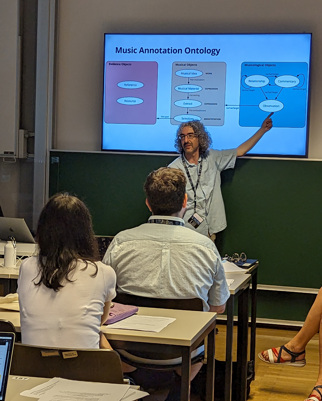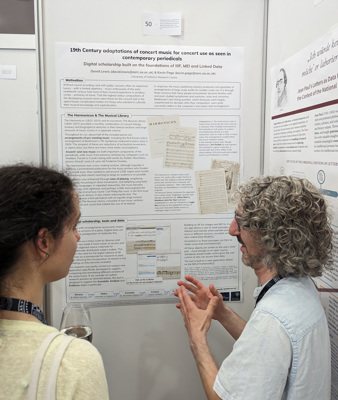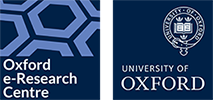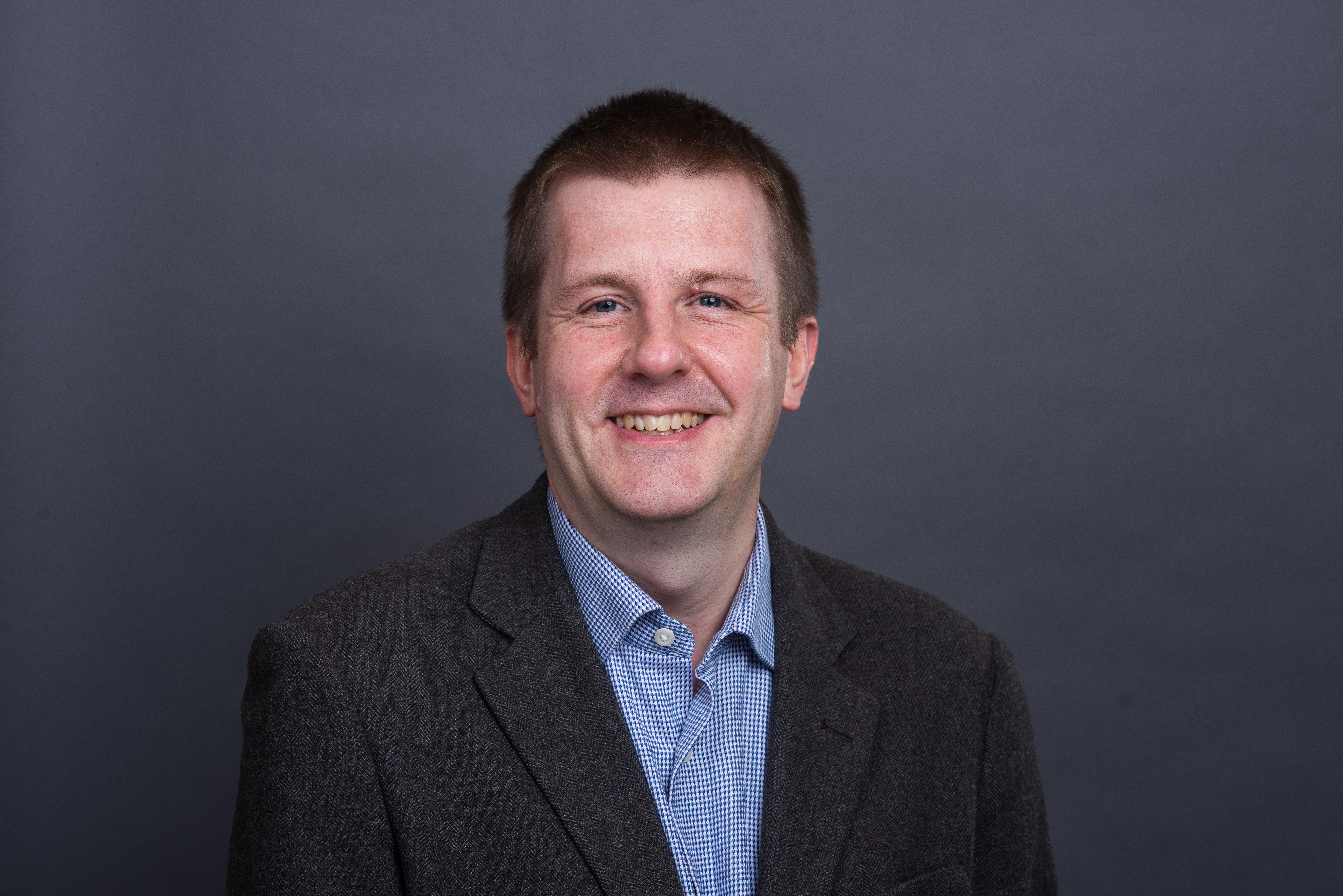31 Aug 2023
Oxford e-Research Centre projects showcased at Digital Humanities 2023 in Graz
The Digital Humanities conference in Austria was the first in person gathering of this international community since 2019

Several Oxford e-Research Centre projects were presented at the Digital Humanities conference in Graz, the first in person gathering of this international community since 2019. The conference is the premier venue for interdisciplinary research combining computational and informatics research with scholarship in the humanities.
At the beginning of the week-long conference, Researchers Kevin Page and David Lewis gave a tutorial on "Collaborative approaches to discourse: Music scholarship using performance recordings and Linked Data annotations", in which they introduced attendees to the Music Annotation Ontology developed in their Beethoven in the House project. The ontology allows music scholars to evidence and contextualise their work using the many different forms and formats of digital music material -- audio, scores, facsimile images, and so on. Attendees then used software developed by the Signature Sound Vienna project at the University of Music and Performing Arts (mdw) to annotate and analyse recordings from Vienna New Year’s Concert, held since 1939 and enjoyed by an international audience of tens of millions through its yearly live broadcast.

David Lewis presents the Music Annotation Ontology
Beethoven in the House also presented its musicological research at the conference, with David Lewis reporting on his study of The Harmonicon, a monthly journal published in London between 1823 and 1824. This periodical combined articles and reviews with an equal number of music scores, which subscribers would perform in their own homes, presenting a fascinating insight into popular music consumption of the time. Beethoven in the House has digitised copies of The Harmonicon held in the Bodleian Libraries and, via the International Image Interoperability Framework (IIIF), made them available for study and annotation in the project’s ‘BitH Annotator’ Linked Data software.

David Lewis presenting poster on The Harmonicon
Meanwhile the Linked Art II project presented ‘Enabling Participatory Data Perspectives for Image Archives through a Linked Art Workflow’. This was a collaboration between the Oxford e-Research Centre’s Kevin Page, Tanya Gray from Digital Scholarship at Oxford, and Julien A. Raemy from the University of Basel Digital Humanities Lab. Building on the Centre’s previous contributions to Linked Art, the team created a new workflow using Jupyter code notebooks which enable the creation of Linked Art data for digital archives from the Swiss Society for Folklore Studies.
Finally, the Enriching Exhibition Scholarship project presented ‘Reconciling Knowledge Graphs and Social Media from Newspaper Articles to Twitter’. In this joint work with the University of Edinburgh and Yale University, a novel natural language processing pipeline has been developed to mediate between the structured data records about exhibitions created by museums and galleries, with rich text talking about those same exhibitions and artworks, for example from historical newspaper articles or -- as the project has gathered for the recent Labyrinth: Knossos, Myth & Reality exhibition at the Ashmolean Museum -- social media commentary.






